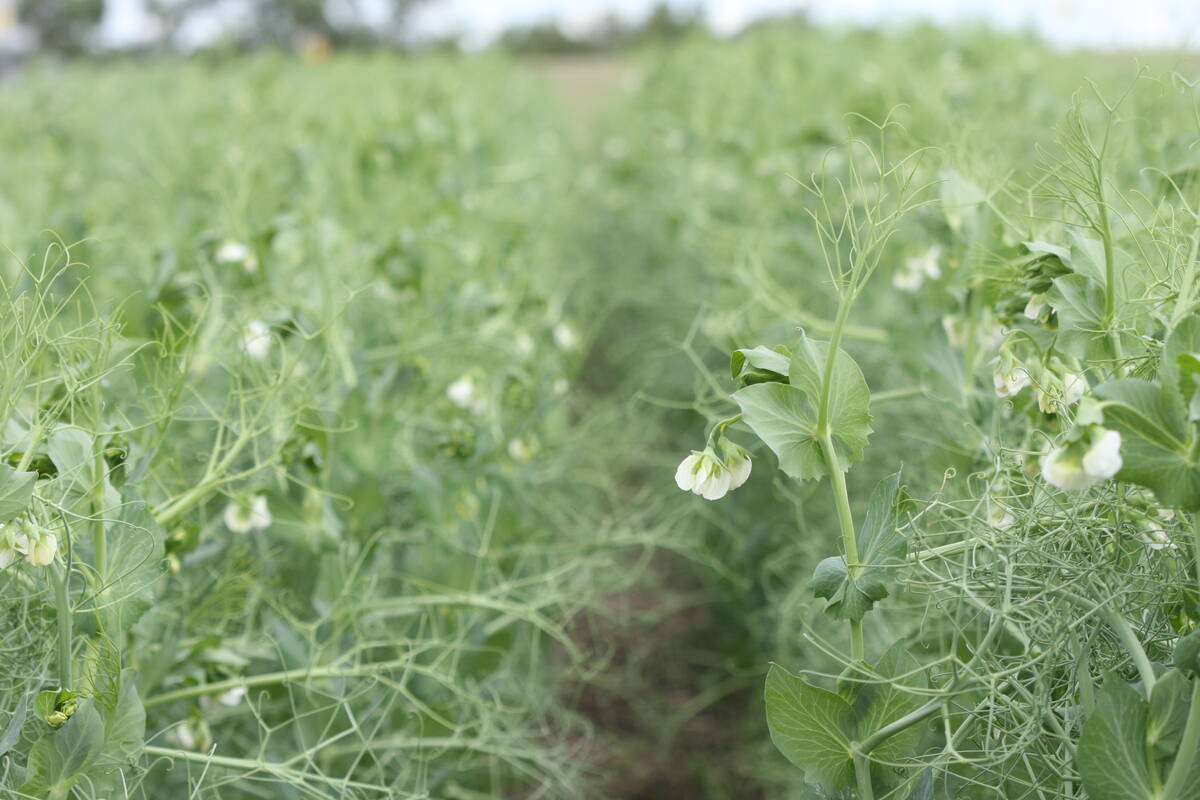Improved pulse crop demand is just around the corner, says one of the world’s largest lentil processors.
“An expected return to normal buying in many regional markets, which is viewed by (us) as the start of the replenishment of longstanding depleted local market stocks, is expected to materialize in 2012,” said Alliance Grain Traders Inc. president Murad Al-Katib.
There have already been signs during the first three quarters of 2011 that importers are beginning to restock their empty shelves after years of cautious buying.
Read Also

Pea sector works to resolve tariffs
Canola gets the headlines, but other sectors are also working to resolve Chinese tariffs with little of the same media attention.
Al-Katib sees it in his company’s sales figures and in export statistics around the world.
Canadian lentil sales were up 187 percent in July, 224 percent in August and 55 percent in September over the same months in 2010. Australian lentil and chickpea sales also climbed steadily through the summer months.
He assured investment analysts during the company’s third quarter conference call that the strong export pattern will continue for the rest of 2011 and throughout 2012 as importers start bolstering depleted stocks.
Importers have proceeded with caution because of global economic uncertainty that is contributing to price volatility and a lack of financial liquidity, which in turn is leading to deferred sales.
“We believe the liquidity issues will be short-term and there will be a resumption of regular demand,” said Al-Katib.
Importers are enticed by falling lentil prices and the gradual realization that this year’s Canadian crop is of much better quality than last year’s wreck.
Supply situation
There are also supply challenges in at least one key importing region.
Turkish lentil production of 400,000 tonnes in 2011 was lower than expected and 100,000 tonnes below average. Alliance anticipates acreage in Turkey will be down next year because of stiff competition from cereal grains, although production will likely remain about the same level if the country receives normal growing conditions.
India’s supply situation is harder to get a handle on. The government says growers harvested a record 18.3 million tonnes of pulses in 2010-11. Alliance called the estimate overly optimistic but conceded there is little doubt a big crop has put a damper on sales to the world’s biggest pulse market.
“The Indian subcontinent has not really come into the fold in a big way right now,” said Al-Katib.
What happens in the new year remains to be seen. Summer or kharif 2011 pulse plantings were down compared to last year and while as of Nov. 18 winter or rabi plantings were up seven percent over the previous year, there is an important exception.
“We’re getting reports of potential drops of 40 percent on (lentil) plantings,” said Gaetan Bourassa, Alliance’s chief operating officer.
He said Indian government buying agencies are starting to tender on chickpeas and lentils, which is a good sign that the country is back in the market.
On the export side, Al-Katib rejected reports that the quality of Australia’s pulses is rapidly deteriorating because of untimely harvest rain. Alliance’s Australian processing plants are in full receiving and shipping mode and there have been no red flags.
“We’ve seen good volume, good yield, good quality,” he said.
Australian growers are expected to harvest 303,000 tonnes of lentils, just shy of the record 306,000 tonnes harvested last year, but Al-Katib doesn’t expect that volume to weigh down the market.
“Australia looks great, but it’s not going to change the world,” he said.















